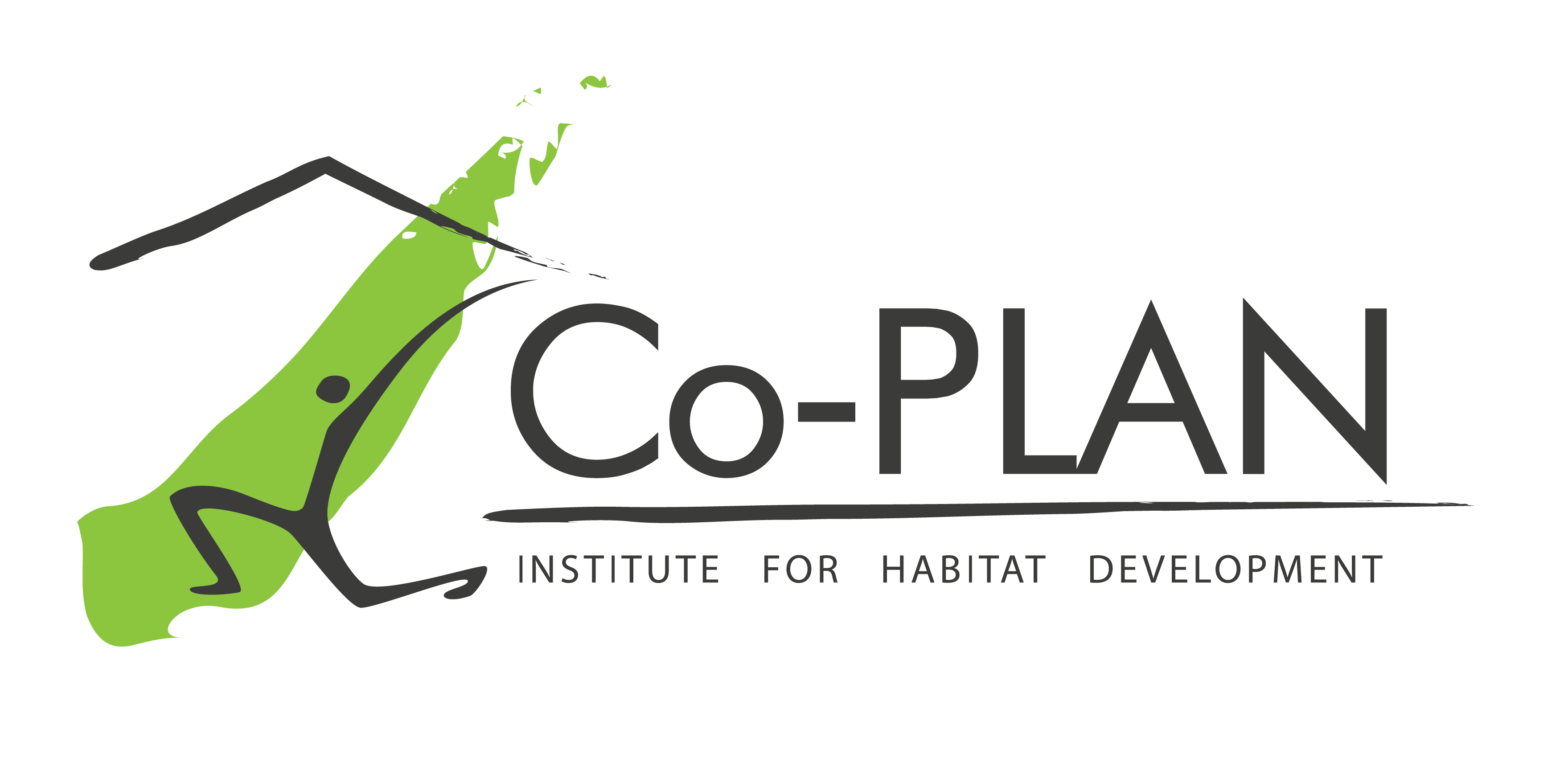Resilience, Uncertainty, and Adaptive Planning
Annual Review of Territorial Governance in the Western Balkans, I, 2019, 120-128
Simin Davoudi
Summary
In October 2018, the world received another stark warning from the Inter-Governmental Panel on Climate Change whose latest report stated that we only have 12 years to keep the increase in the global mean temperature to 1.5°C relative to pre-industrial levels; that every fraction of additional warming would worsen the impact of climate change on a whole host of natural and social processes. Alongside this apocalyptic future, the report also invokes a message of hope and suggests that if we take urgent and radical action in cutting greenhouse gas emissions, we can save the world from climate catastrophe.
It is widely acknowledged that spatial planning has a critical role to play in the transition away from fossil fuel economies by considering, for example, how land should be used to reduce urban sprawl, what kind of buildings should be designed to increase energy efficiency, and how renewable energy can be incorporated into new developments (Davoudi et al., 2009).
However, even if the best mitigation measures are in place to keep global warming from breaching 1.5°C, we will still be confronted with the consequences of past emissions. We will still experience sea level rise, extreme weather events, water shortages, frequent flooding, heat waves, and wildfires. We do not know, however, the exact nature, severity, and implications of these events due to the complex feedbacks and radical uncertainties that are inherent in climate systems. Such uncertainties are not exclusive to climate change but are prevalent in all open systems.
When we look at events such as the 2008 banking crisis, periodic terrorist attacks, social upheavals, and even events in our own everyday life experiences, we realise how little we know, or indeed can know, about what happens next. Governing and managing such a state of flux is a great challenge for urban governance in general and planners in particular, whose job is to draw route maps into unknown futures.
Read full article here: Resilience, Uncertainty, and Adaptive Planning
